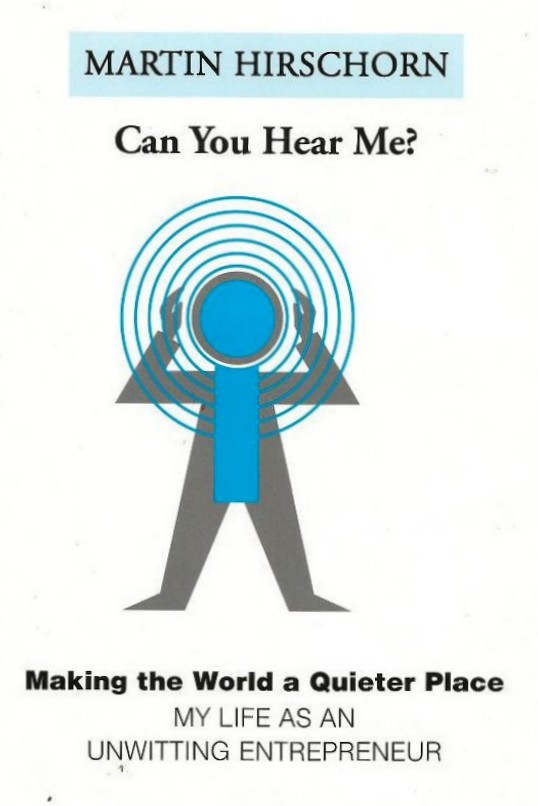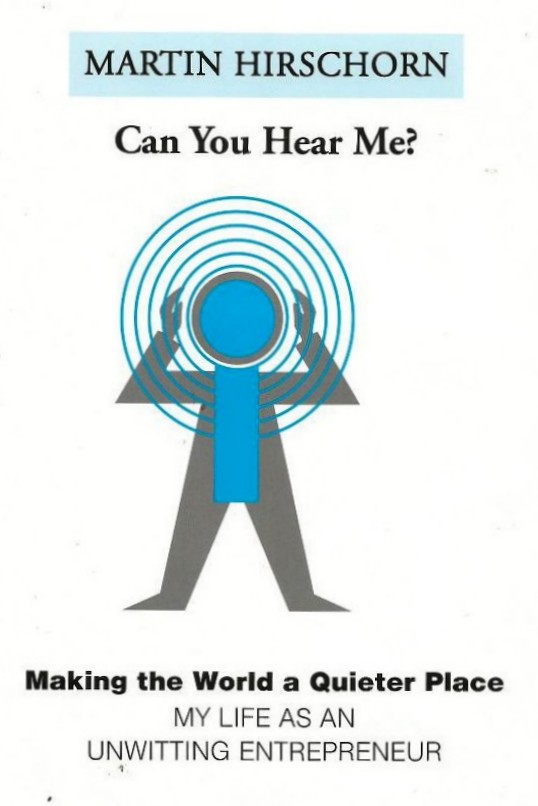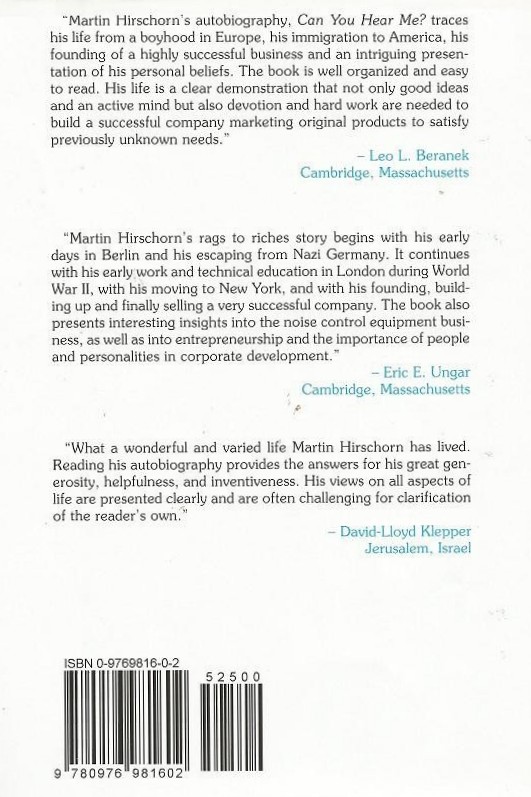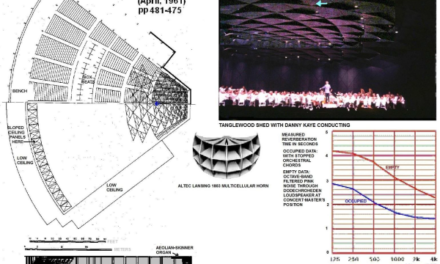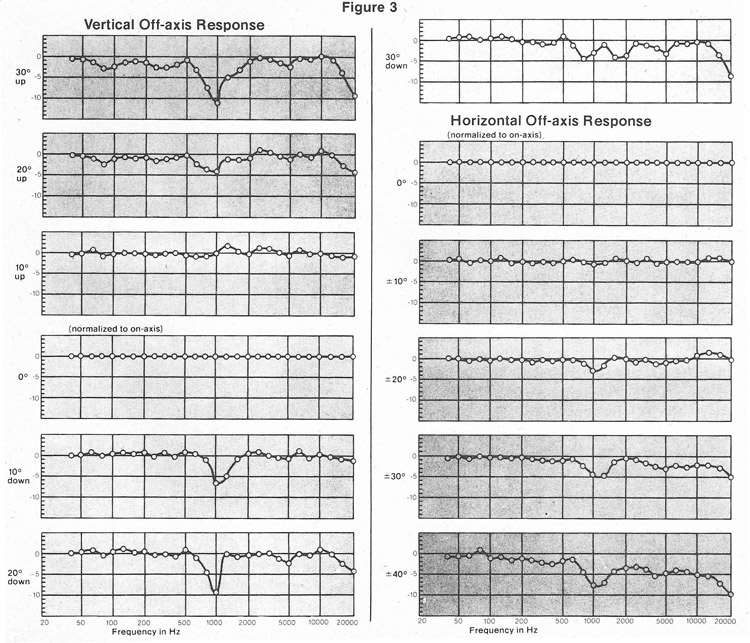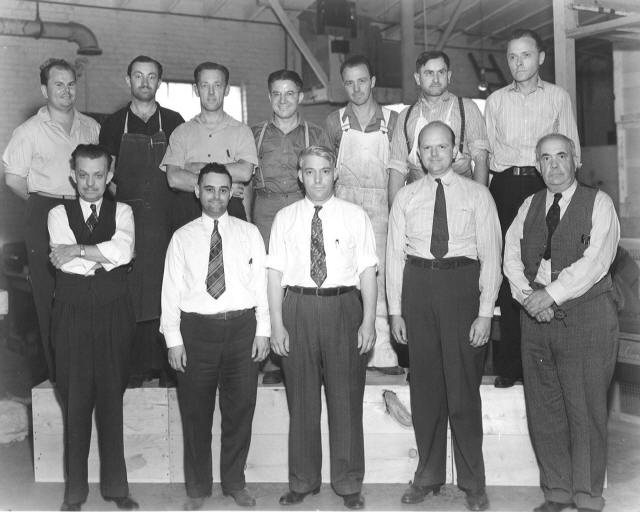Published by Sound and Vibration Magazine, Bay Village, Ohio 44140, hard cover, 284 pages, black and white photographs and drawings, ISBN 978-0-19-533706-8 2009
Reviewed by David Lloyd Klepper, student, Yeshivat Beit Orot, Jerusalem, Israel ddaveklepper1@gmail.com
Martin Hirschorn wrote this autobiography shortly before his death. He was born in Germany, shortly before Hitler’s coming to power, to a secular Polish-German-Jewish family, did not receive much in the way of a religious education, and remained a secular Jew all his life. My continuing personal contact with him indicated that he was a warm, friendly, and generous individual that became devoted to his wife, son, and acoustics. Much of his life’s history reads like an adventure story, with escape from Nazi Germany to a British boarding school, as arranged by an Aunt living in New York with connections in England, war work in a London chemical factory that was bombed and rebuilt, a miraculous self-rescue when his apartment building was bombed, and, after moving to New York City after a lot of soul-searching, the steady increase of business of the firm, Industrial Acoustics Company, started on a shoestring budget out of his aunt’s Third Avenue, New York apartment. This apartment was adjacent to the Elevated Railway that gave a lesson some 500 times each weekday (somewhat fewer times on weekends) as to why noise control engineering is very important! He had the bravery to visit his parents in Germany after living some time in England, and describes his interrogation by the Gestapo that took place during that visit.
Martin wrote this very readable book to be of interest primarily to other acoustical engineers and people in related fields, such as audio, architecture, power plant design, transportation (including aviation), in other words, technical people. But he always used language understandable by layman. What surprised me, and what should be of interest to readers of this website, is the depth to which he explains his own secular philosophy of life, which seems very close to what is called Ethical Humanism (and I do, on occasion, peruse their publications). Unlike some Universalist/Unitarian adherents (and some secular and Reform Jews), he does not deny the attachment to ritual of Orthodox believers, be they Jewish, Christian, Moslem, or other, as useful for us religious people. He states so plainly and admirably defends his own path.
At the same time, he absorbed many of the misconceptions about Judaism, such as accepting the fiction that we Jews are all descended from the Russian Kazar Tribe, although as a youngster he had been a member of a Zionist organization! (I may have set him straight with laboratory DNA information.) Indeed, his brother Albert made Aliyah to Israel, became a well known actor, but then left after WWII for the USA for better working conditions. After Martin left Germany for England, his parents left Germany for Poland, and his father entered the Polish Army at the start of WWII, and was probably killed by German soldiers while seeking sanctuary at a Catholic institution. His mother died earlier in a hospital, so both parents were spared the horrors of a concentration camp experience.
My own contact with Martin Hirschorn started when I worked at the acoustical consulting firm Bolt Beranek and Newman. Then, when I and two partners started Klepper Marshall King, Martin allowed us to use Industrial Acoustic’s East Bronx laboratory to analyze data up to the time we had sufficient equipment of our own. We kept in touch after my Aliyah (move to Israel) in 1996.
Martin’s wife was a prominent non-Jewish business affairs columnist, and they had a good relationship as long as she lived. I was interested in how they combined their business travel to serve both professional needs while traveling together. Her passing was a terrible tragedy in his life, and it occurred after a long illness that saw her active in her profession almost to the end, working out of their home when she could not commute to the office.
Martin’s inventions for the control of noise and vibration were significant, and how they were developed is explained thoroughly in each case. At one point he designed noise-control mufflers for insertion in ducts that my own employers, Bolt Beranek and Newman, considered in violation of BBN’s patents, and a law-suite followed. I have to give my former bosses credit that this law-suite did not impact our recommendations for his (Industrial Acoustics Company’s) products when they best suited the needs of our clients. Martin and IAC won, but subsequently he and Leo Beranek became the best of friends, and worked together for the benefit of the industry.
The writing is clear, and the entire book is an enjoyable and informative read, that illuminates the history of an important section of our technology.
About the Reviewer
David Lloyd Klepper is currently a student of Rabbinics at Yeshivat Beit Orot, Jerusalem, Israel, having moved to Israel in 1996 from his position as President of Klepper Marshall King, White Plains, NY, Acoustical Consultants, and as Adjunct Professor of Architectural Acoustics at City University, New York City. Before 1971 he was a senior consultant at Bolt Beranek and Newman, starting his consulting career there in May 1957. He received his SM and SB degrees in Electrical Engineering from MIT, and between times served as Assistant Audio-Radio Member of the PsyWar Board at Fort Bragg, NC, during the Korean conflict, leaving active duty as a 1st Lt. He provided acoustical advice for over 200 worship space buildings, including the National Presbyterian Church, Washington, DC, St. Thomas Church Fifth Avenue, New York City, the Capetown, South Africa, Anglican Cathedral, River Road Baptist Church, Richmond, Virginia, Young Israel of Southfield, Michigan, and Boston’s Holy Cross Cathedral. In this capacity, he was a pioneer in application of digital delay and electronic simulation of reverberation in worship spaces, and pew-back speech reinforcement. Publications include 40 papers in professional journals, a coauthor with Professor Kleiner and Father Rendell Torris of the book Worship Space Acoustics, JRosspub.com., and Editor of the two Sound Reinforcement Anthologies of the Audio Engineering Society. He is a fellow of both the Acoustical Society of America and the Audio Engineering Society, past Emeritus Board Certified member of the Institute of Noise Control Engineering, and a member of both the American Guild of Organists and the Organ Historical Society. He also belongs to a number of railroad and public transit interest organizations. You may contact Klepper at ddaveklepper1@gmail.com.

